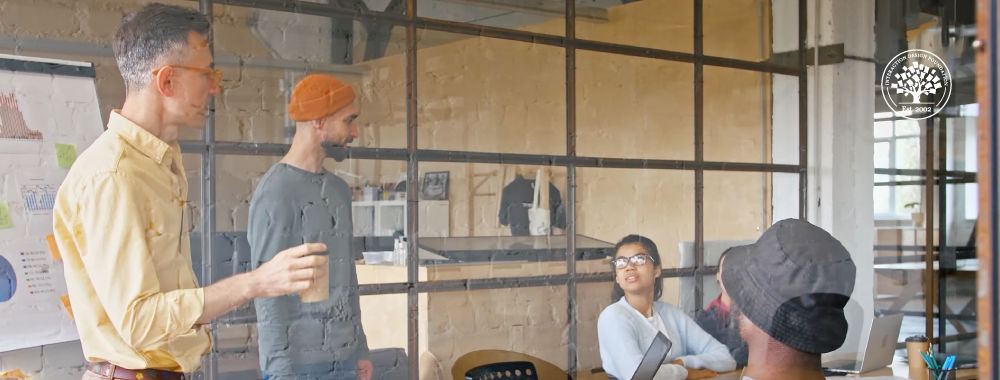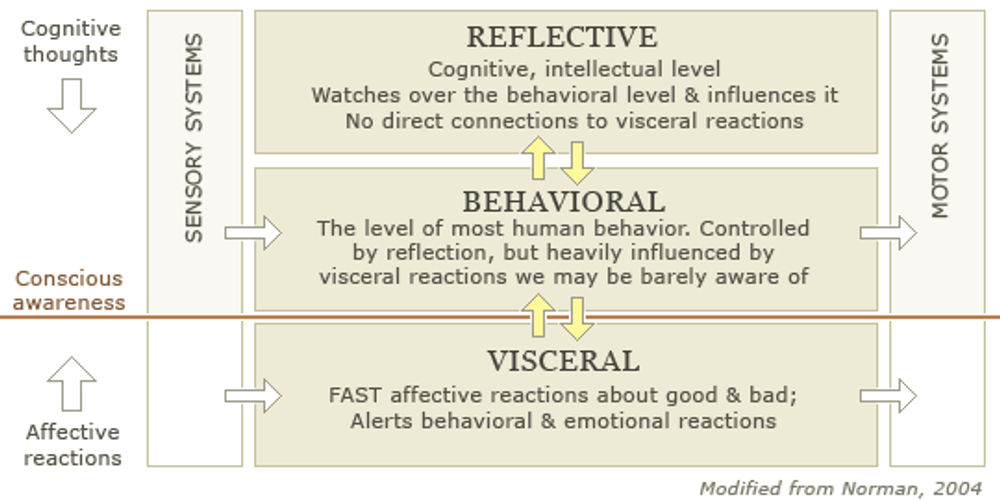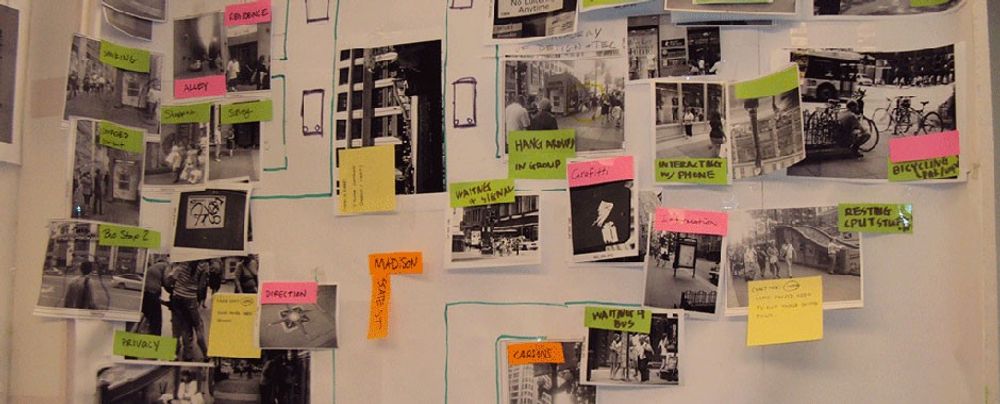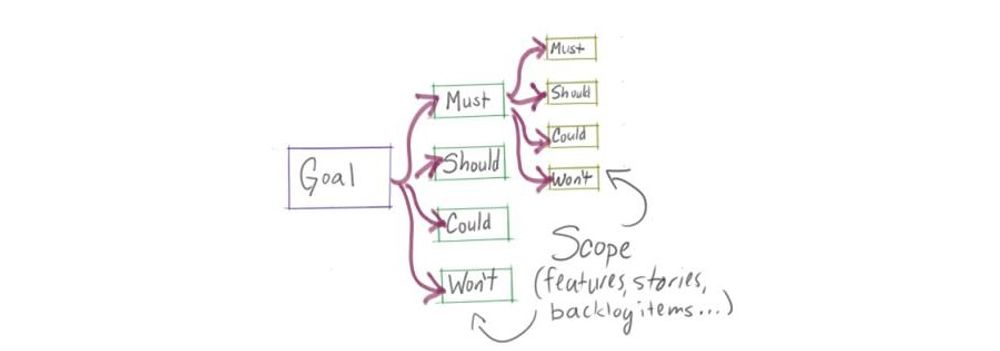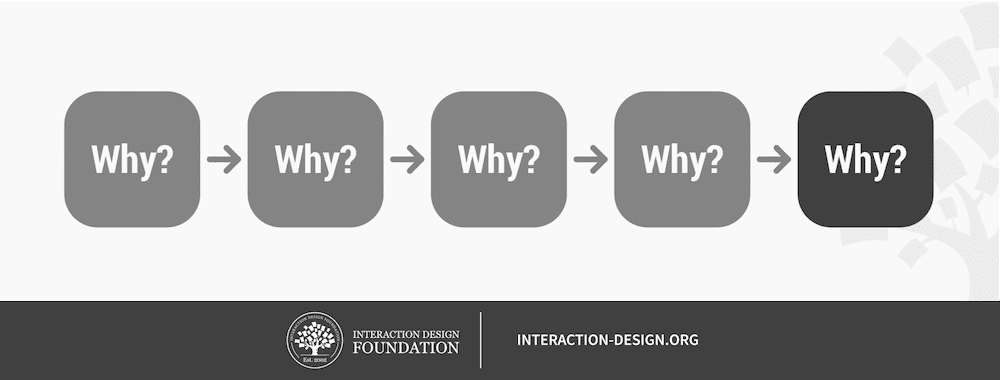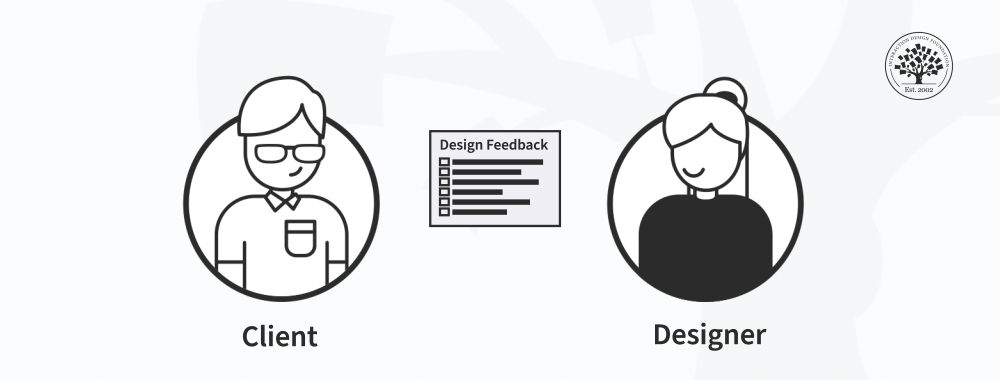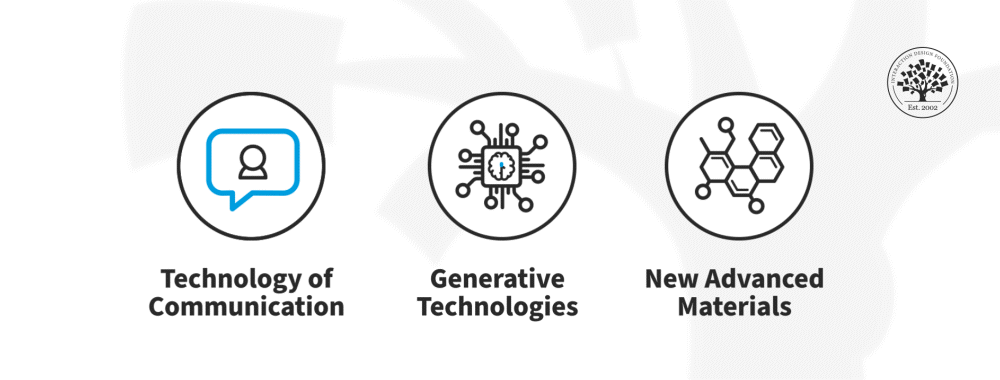Are you excited to do good for humanity? Would you like to help solve the world’s biggest problems such as climate change, hunger and eliminate excess waste? If yes, that’s a good start. But what happens when you get ignored? Because you will most likely get ignored, because designers most often are at the bottom of the hierarchy. So, what can you do? In these videos you’ll learn how grandfather of User Experience, Don Norman, urges designers to step up and become leaders if we want to make a major difference.
Show
Hide
video transcript
- Transcript loading…
Designers often approach a project with no prior knowledge. As designers we have to learn entire new fields, find relevant experts and form partnerships. Being non-experts makes designers open to possibilities and not be held back by biases.
Designers aren’t afraid to ask the so-called stupid “why” questions. They can view the issue from the point of view of humanity and consider the system-wide implications of the solution, not just the traditional time, efficiency, productivity, and cost requirements.
Designer and Project Managers
Don Norman advocates for designers to move into leadership roles. A designer will not compete against a project manager. Rather, the two should work together. So, what’s the difference?
Project managers focus on operations. They develop the plans, budgets, timetables and schedules to complete the project. They may manage the supply chain of parts and supplies, and hire, train and manage workers. These aren’t skills that designers necessarily possess. Large projects require project managers to get things done.
The designers’ aim is to ensure that the project meets the needs of the people it serves. That’s what we designers are good at. We design in tight collaboration with the people we design for. We’re experts in focusing on people and people’s needs. Our methods help us understand people. We ensure that designs are appropriate for the people who’re going to use them. That’s unique for us. But we can’t do that alone. We have to partner with other experts such as people in the public health and engineering sectors. And in order to be heard and to get influence, we have to change.
Do You Want to Influence Organizational Decisions? Become a Politician!
Don Norman pushes designers to move up in the organizational hierarchy. That means we must equip ourselves with a broader point of view and take on a whole series of new roles. It’s the only way that we can make an impact.
Show
Hide
video transcript
- Transcript loading…
This is what a designer has to do to gain influence and help solve the world’s biggest problems:
Bring good practical ideas to the table that can in fact be implemented.
Think of the bigger story: explain why an idea or method is better than others.
Understand everyone’s points of view. Make sure you understand all experts, stakeholders and people’s points of view and help other teams implement their point of view.
Work as a facilitator.
Help everyone involved to back off and look for the root causes and solutions.
Work with the people.
Convince the other experts to use and implement the incremental modular approach, or incrementalism, when we want to solve large complex problems.
Become a team player to gain trust.
Make sure you support all teams involved.
Take a broad perspective and try to understand what is best for the project itself and help other experts understand this.
The Take Away
Move up! Dare to become the Chief Design Officer on the project you’re working on. It’s the only way you can make a massive impact and effectively help solve the world’s biggest problems. And it’s not just for the sake of gaining power. It makes sense that designers sit at the top of the hierarchy along with other experts. Why?
One of the principles of humanity-centered design is that we must design with people, not for them—which is why participatory design is so important. Professionals across multiple disciplines must work closely with local communities, actively seek their input, and involve them in the solution. Designers play a crucial role in this democratization of design.
As designers, our expertise is that we understand people’s needs and work to address them. When professionals and specialists work on problems with local communities, designers can advocate for the people and ecosystem—to ensure we listen to the people we design for and involve them in designing the solutions.
Another crucial role that designers can play is that of coordination and communication between different experts. Different professionals speak in different languages. It is designers who are best placed to translate these languages and keep people and communities at the heart of solutions.
References and Where to Learn More
For more on why and how designers can become leaders, see Don Norman’s book Design for a Better World: Meaningful, Sustainable, Humanity Centered.
Take our course Design for the 21st Century with Don Norman.
Additional resources from the book “Design for a Better World” are available at the Resources for DBW website.
In their position paper for She Ji: The Journal of Design, Economics, and Innovation, Don Norman and Pieter Jan Stappers (Delft University of Technology, Faculty of Industrial Design Engineering) coin the term DesignX as a future path for design. Here’s a summary:
DesignX: A Future Path for Design
Read more articles and essays by Don Norman on JND.org.
In complex problems, there is rarely ever just one root cause. Nevertheless, the five whys are a useful starting point to question assumptions and probe into the problems. For more on the technique, see: What are 5 Whys?
Design Journeys Through Complex Systems: Practice Tools for Systemic Design, by Peter Jones and Kristel van Ael is a designer's handbook on systemic design tools to engage stakeholder groups in collaborative design to address complex societal systems.
